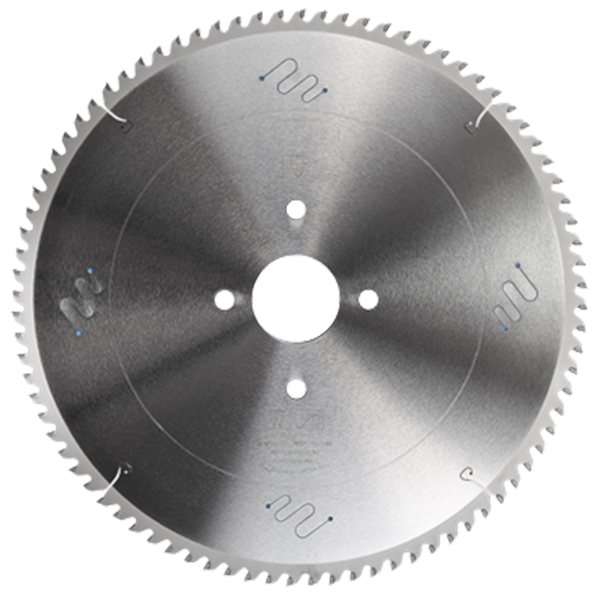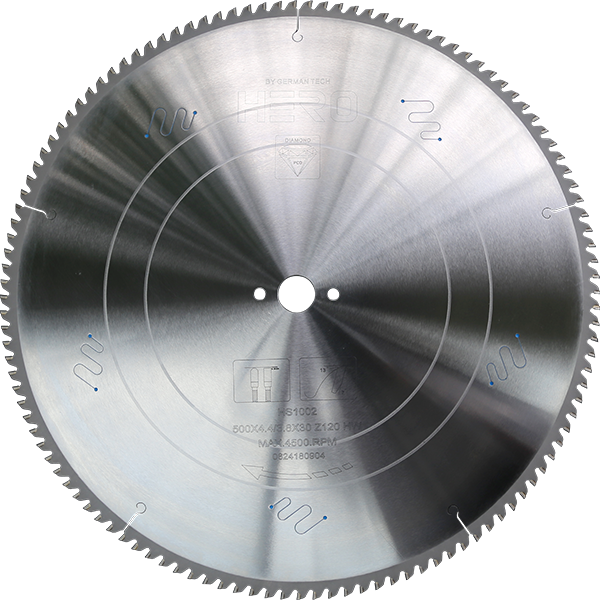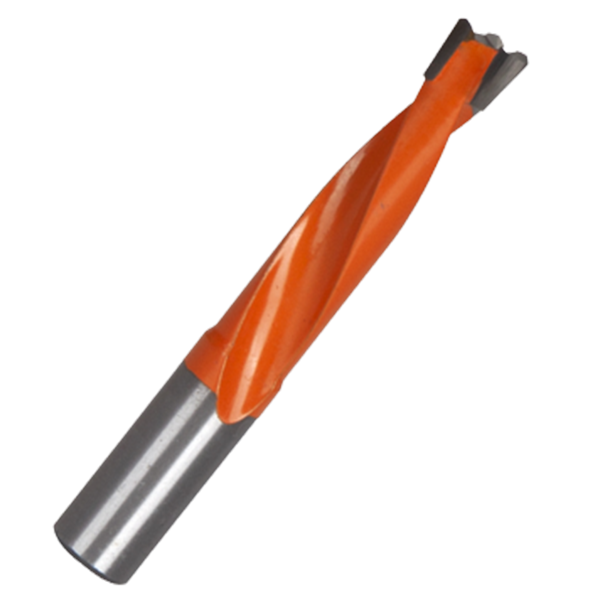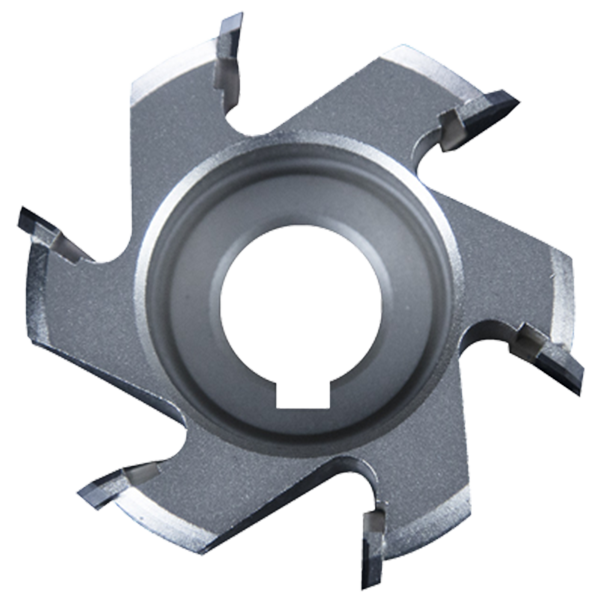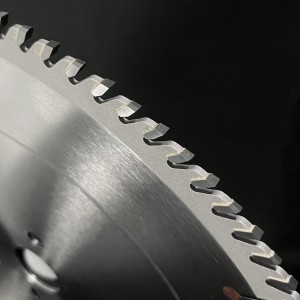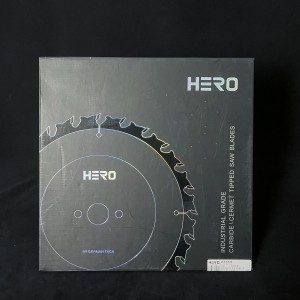Top FAQs About Saw Blade Teeth
Circular saw blades are an essential tool for a wide range of cutting tasks, from rip cuts to crosscuts and everything in between. In the fields of woodworking and metalworking, saw blades are an important tool that determines the quality and efficiency of cutting operations. However, the performance of a saw blade can be significantly affected by the condition of the teeth. In this comprehensive guide, we will delve into common issues related to saw blade teeth, providing a comprehensive analysis and practical solutions to improve their performance.
If you’ve ever wondered about the different types of circular saw blades, when to replace them, or how to ensure their longevity, we’ve got you covered.
Understand the saw blade teeth
If you look closely at different style saw blades, you will see the differences in how the blade’s teeth are positioned, and their tooth patterns. Saw blades are typically made from high-speed steel (HSS) or carbide materials, with teeth designed into various shapes and sizes depending on the intended application. Tooth geometry, including angle, shape and spacing, plays a vital role in cutting efficiency and finish quality.The 3 most common types of teeth design are the Alternate Top Bevel (ATB), Flat Top Grind (FTG) and Triple Chip Grind (TCG). These tooth designs are made in both thin kerf and full kerf blades.
The geometry of the saw blade teeth affects the interaction of the saw blade with the material being cut. For example, a blade with a high tooth count is ideal for fine cuts in softer materials, while a blade with fewer, larger teeth is better for powerful cuts in harder materials. Understanding these differences is crucial to choosing the right saw blade for your project.
Frequently asked questions about saw blade teeth
1. Dull tooth pain
One of the most common problems faced by saw blade users is dull teeth. Blunt teeth can cause poor cutting performance, increased friction, and overheating, which can damage the blade and the material being cut.
Causes of dull tooth pain
-
Material Hardness: Cutting harder materials will dull your teeth quickly. -
Improper Use: Using the wrong blade for a specific material can cause premature dulling. -
Lack of Maintenance: Failure to clean and maintain your blades may cause them to become dull.
Solutions for dull tooth pain
-
Knife Sharpening Regularly: Invest in a good knife sharpening service or use a sharpening tool to maintain the edge of your blade. -
Choose the right saw blade: Always choose the right saw blade for the material you are cutting. -
Routine Maintenance: Clean blades after use to remove resin and debris that may cause dulling.
2. Broken teeth
Chips can occur when the saw blade encounters hard materials or foreign objects during cutting. This can result in uneven cuts and further damage to the blade.
Causes of missing teeth
-
Foreign Objects: Nails, screws or other hard materials may cause chipping. -
Improper Feed Speed: Feeding material too fast may cause excessive stress on the teeth. -
Material Defects: Cutting materials with hidden imperfections can also chip your teeth.
Solutions for chipped teeth
-
CHECK MATERIAL: Always check the material for foreign matter before cutting. -
Adjust Feed Rate: Use a consistent and appropriate feed rate to minimize stress on the teeth. -
Repair or Replace: If chipping is severe, consider repairing or replacing the blade.
3. Broken teeth
Broken teeth are a serious problem that can render the saw blade unusable. This can be caused by excessive force, improper handling, or manufacturing defects.
Causes of broken teeth
-
Excessive Force: Applying too much pressure while cutting may cause breakage. -
Improper Blade Installation: Improperly installed blades can wobble and break teeth. -
Manufacturing Defects: Sometimes, blades may have inherent weaknesses due to poor manufacturing.
Solutions for broken teeth
-
Use Appropriate Pressure: Let the blade do the work; avoid forcing it through the material. -
Correct Installation: Make sure the blade is installed correctly and securely. -
QUALITY GUARANTEED: Purchase blades from reputable manufacturers to minimize the risk of defects.
4. Uneven wear
Uneven wear on the saw blade teeth can result in poor cutting performance and a rough finish. This problem is usually caused by improper alignment or inconsistent feed rates.
Reasons for uneven wear
-
Misalignment: If the blade is not aligned correctly, some teeth may wear faster than others. -
Inconsistent Feed Rate: Changing the speed at which the material is fed can cause uneven wear. -
Material Variability: Different densities or hardnesses of materials can cause uneven wear.
Solutions for uneven wear
-
Check Alignment: Regularly check and adjust the alignment of the saw blade. -
Maintain a Consistent Feed Rate: Train operators to maintain a consistent feed rate during cutting. -
Monitor material quality: Understand the properties of the material and adjust cutting techniques accordingly.
5. Burn marks
Burn marks on the cutting surface can be a sign of overheating, often caused by blunted teeth or excessive friction. Not only does this affect the appearance of the cut, it also compromises the integrity of the material.
Causes of burn marks
-
Blunt Tooth: Dull blades will generate more heat, causing burn marks. -
Incorrect Speed: Using the wrong cutting speed increases friction and heat. -
Poor Lubrication: Lack of lubrication increases friction and heat build-up.
Burn mark solution
-
SHARPEN BLADE: Sharpen your blade regularly to maintain its cutting efficiency. -
Adjust Cutting Speed: Try different speeds to find the best setting for your material. -
USE LUBRICATION: Use appropriate lubricant to reduce friction during cutting.
How Do I Properly Care For My Circular Saw Blade?
Proper care for a saw blade involves regular cleaning, sharpening as needed, and storage in a suitable environment to maintain cutting efficiency, extend blade life, and ensure safe operation in woodworking projects.
Regular cleaning of the saw blade is crucial to prevent resin and pitch buildup, which can hinder the cutting performance. This can be achieved by using a blade cleaning solution and a wire brush to remove debris.
When it comes to sharpening, it’s important to use a specialized sharpening tool to maintain the blade’s sharpness. Storing the blade in a dry area and using protective covers can prevent corrosion and damage. By following these maintenance practices, the saw blade’s longevity and cutting capabilities can be preserved.
Invest in a high-quality saw blade from a reputable manufacturer. While they may cost more upfront, they generally offer better performance and longer life, which ultimately saves you money in the long run.
in conclusion
Saw blade teeth are key components that directly affect cutting performance.Saw blade tooth count plays an important role when it comes to selecting the right tool for any project. Blades with more teeth will give off slower yet smoother cuts while those with fewer teeth can speed up cutting but leave behind rougher edges. In general, harder woods require fewer teeth while softer woods take advantage of higher-toothed blades. By understanding these basics about saw blade tooth count you can make an informed decision about which type of saw and how many teeth per inch is right for your specific needs!
By understanding common issues related to saw blade teeth and implementing the solutions outlined in this blog post, you can improve cutting efficiency and extend the life of their saw blades. Regular maintenance, correct use and quality selection are keys to obtaining the best results in any cutting operation. Remember, a well-maintained saw blade is more than just a tool; It’s an investment in your craft.
Once you know what you are looking for and you have a saw blade teeth guide to aid you in your purchase, visit our online store to find the best saw blades. We have an extensive catalog and the best prices online. In addition to selling saw blades, we also have cutting equipment available to help you through the process.
Post time: Oct-30-2024








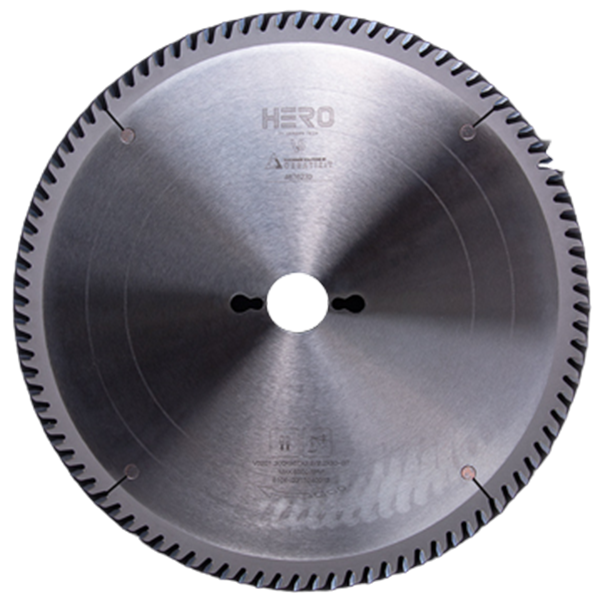 TCT Saw Blade
TCT Saw Blade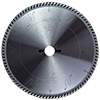 HERO Sizing Saw Blade
HERO Sizing Saw Blade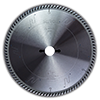 HERO Panel Sizing Saw
HERO Panel Sizing Saw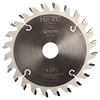 HERO Scoring Saw Blade
HERO Scoring Saw Blade HERO Solid Wood Saw Blade
HERO Solid Wood Saw Blade HERO Aluminum Saw
HERO Aluminum Saw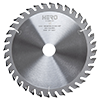 Grooving Saw
Grooving Saw Steel Profile Saw
Steel Profile Saw Edge Bander Saw
Edge Bander Saw Acrylic Saw
Acrylic Saw PCD Saw Blade
PCD Saw Blade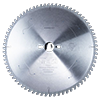 PCD Sizing Saw Blade
PCD Sizing Saw Blade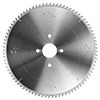 PCD Panel Sizing Saw
PCD Panel Sizing Saw PCD Scoring Saw Blade
PCD Scoring Saw Blade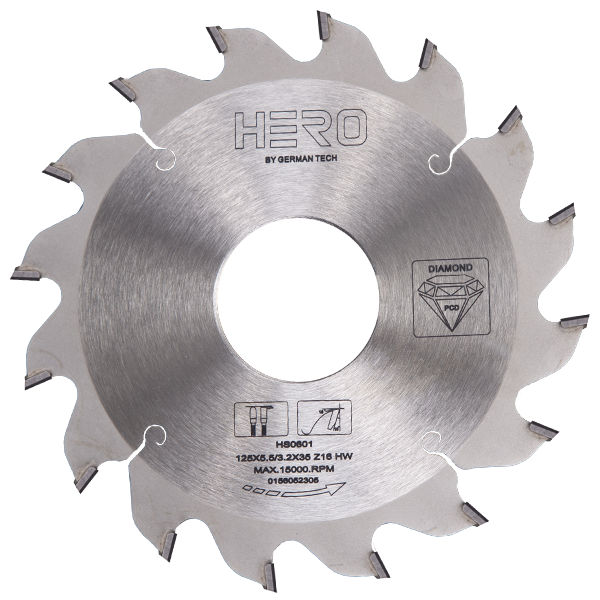 PCD Grooving Saw
PCD Grooving Saw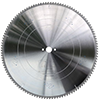 PCD Aluminum Saw
PCD Aluminum Saw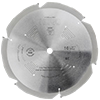 PCD Fiberboard Saw
PCD Fiberboard Saw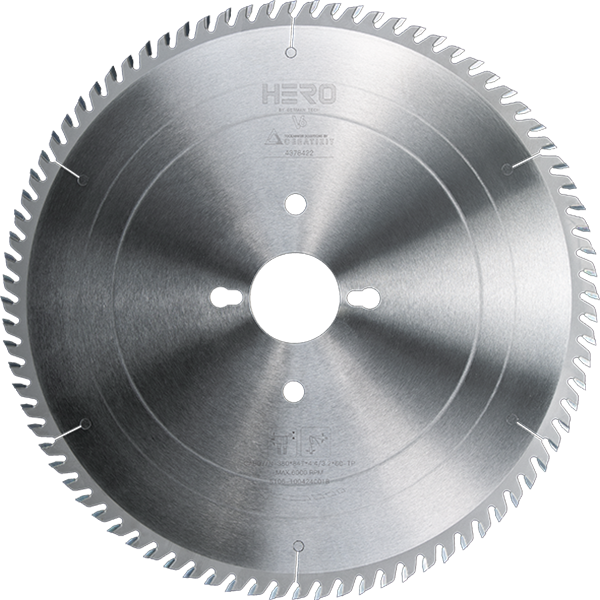 Cold Saw for Metal
Cold Saw for Metal Cold Saw Blade for Ferrous Metal
Cold Saw Blade for Ferrous Metal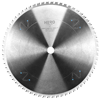 Dry Cut Saw Blade for Ferrous Metal
Dry Cut Saw Blade for Ferrous Metal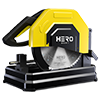 Cold Saw Machine
Cold Saw Machine Drill Bits
Drill Bits Dowel Drill Bits
Dowel Drill Bits Through Drill Bits
Through Drill Bits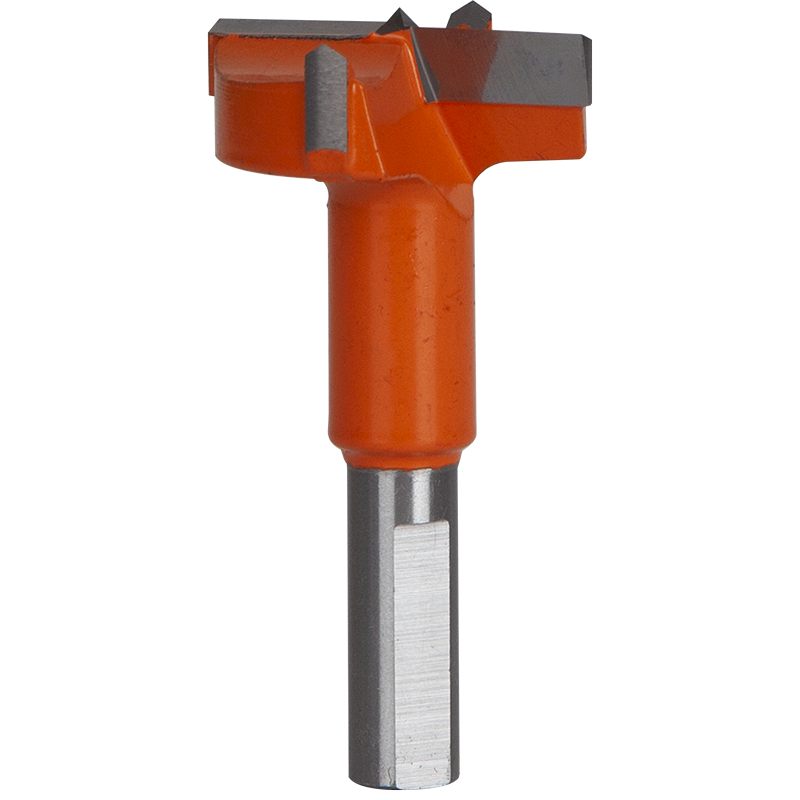 Hinge Drill Bits
Hinge Drill Bits TCT Step Drill Bits
TCT Step Drill Bits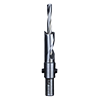 HSS Drill Bits/ Mortise Bits
HSS Drill Bits/ Mortise Bits Router Bits
Router Bits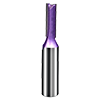 Straight Bits
Straight Bits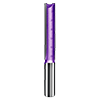 Longer Straight Bits
Longer Straight Bits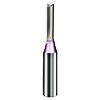 TCT Straight Bits
TCT Straight Bits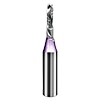 M16 Straight Bits
M16 Straight Bits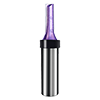 TCT X Straight Bits
TCT X Straight Bits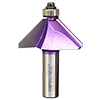 45 Degree Chamfer Bit
45 Degree Chamfer Bit Carving Bit
Carving Bit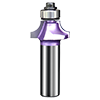 Corner Round Bit
Corner Round Bit PCD Router Bits
PCD Router Bits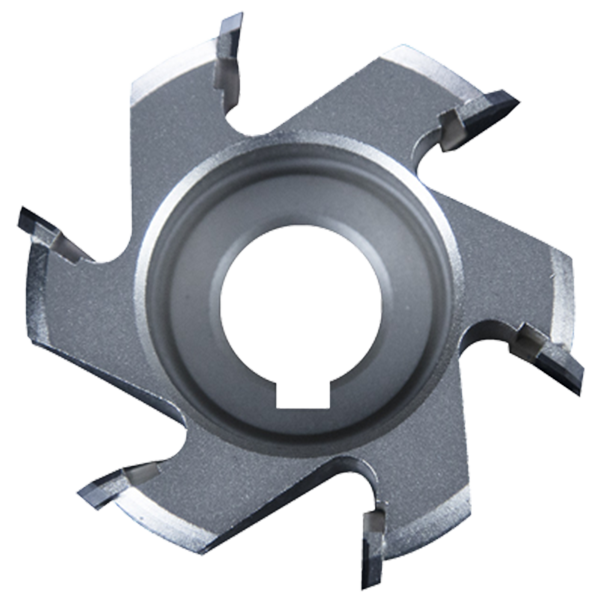 Edge Banding Tools
Edge Banding Tools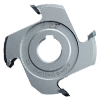 TCT Fine Trimming Cutter
TCT Fine Trimming Cutter TCT Pre Milling Cutter
TCT Pre Milling Cutter Edge Bander Saw
Edge Bander Saw PCD Fine Trimming Cutter
PCD Fine Trimming Cutter PCD Pre Milling Cutter
PCD Pre Milling Cutter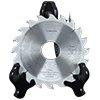 PCD Edge Bander Saw
PCD Edge Bander Saw Other Tools & Accessories
Other Tools & Accessories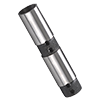 Drill Adapters
Drill Adapters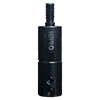 Drill Chucks
Drill Chucks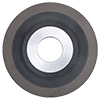 Diamond Sand Wheel
Diamond Sand Wheel Planer Knives
Planer Knives
